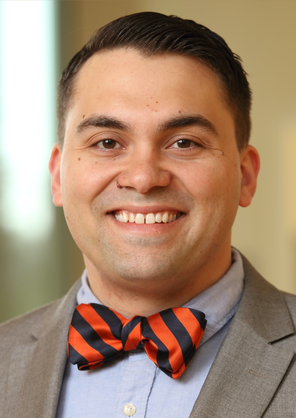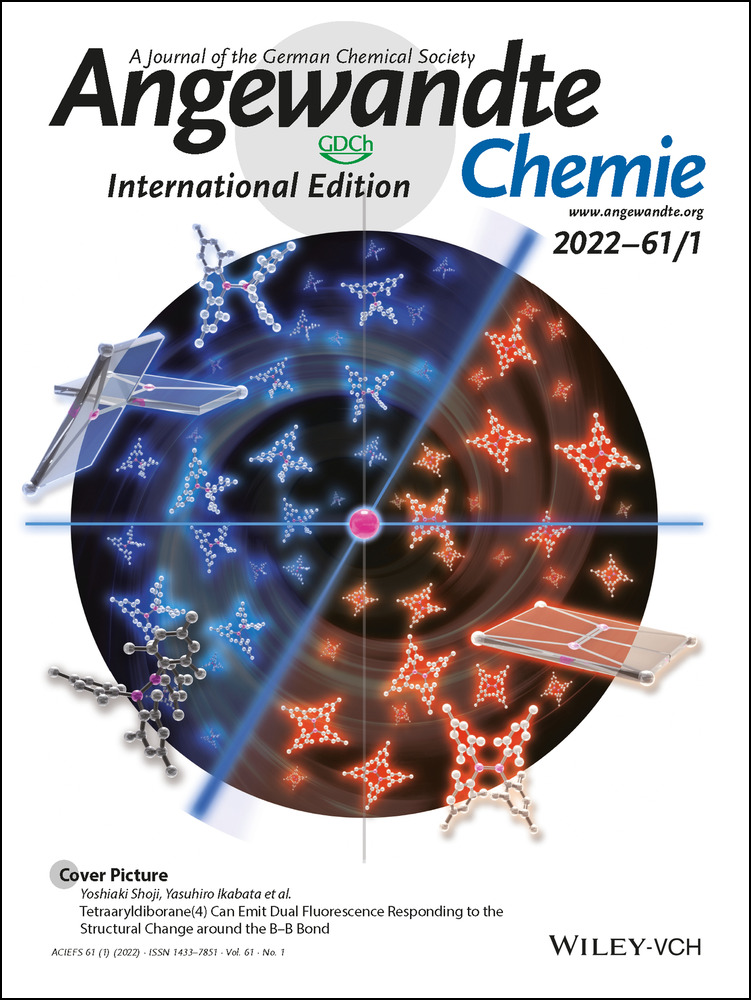Charles W. Machan
Graphical Abstract
The biggest challenge facing my generation of scientists is replacing 150 years of industrial chemistry with more efficient and environmentally friendly alternatives … My favorite science outreach activity is anything involving demonstration experiments …“ Find out more about Charles Machan in his Introducing … Profile.
Charles W. Machan
The author presented on this page has published his first article as a submitting corresponding author in Angewandte Chemie:
“Mediated Inner-Sphere Electron Transfer Induces Homogeneous Reduction of CO2 via Through-Space Electronic Conjugation”: S. L. Hooe, J. J. Moreno, A. G. Reid, E. N. Cook, and C. W. Machan, Angew. Chem. Int. Ed. 2021, doi.org/10.1002/anie.202109645; Angew. Chem. 2021, doi.org/10.1002/ange.202109645.
-
Position:
-
Assistant Professor, Department of Chemistry, University of Virginia (USA)
-
Homepage:
-
-
ORCID:
-
-
Education:
-
2008 B.A. Chemistry and German, Washington University in St. Louis (USA)
2012 Ph.D. Chemistry with Chad A. Mirkin, Northwestern University (USA)
2013–2016 Postdoctoral Researcher with Clifford P. Kubiak,
University of California — San Diego (USA)
-
Research:
-
Inorganic chemistry, electrochemistry, catalysis, electrocatalysis
-
Hobbies:
-
Skiing, beer brewing, and barbecue
The biggest challenge facing my generation of scientists is replacing 150 years of industrial chemistry with more efficient and environmentally friendly alternatives.
Modern science needs to focus on building and funding effective interdisciplinary collaborations.
I chose chemistry as a career because I wanted to understand how the world worked.
A key experience in my education/career was learning that there is no substitute for hard work.
The biggest change in my scientific working environment in the past 10 years has been the success of student-led safety programs.
When I want to treat myself to something, I spend too much on a bottle of whiskey.
If I were not a scientist, I would be working at a brewery or distillery.
In a spare hour, I go for a walk, a coffee break, or both.
My biggest motivation is my family.
My favorite time of day is dawn.
I celebrate success by preparing a gourmet meal with friends and family.
The most important quality of a role model is patience.
My favorite science outreach activity is anything involving demonstration experiments.
My favorite piece of research is A. Werner, Z. Anorg. Allg. Chem., 1893, 3, 267–330.
My favorite quote is “The world is so full of a number of things, I'm sure we should all be as happy as kings.” Robert Louis Stevenson, A Child's Garden of Verses XXIV.
Behind the Science
Inspired by the work of Shannon Stahl on oxygen and Jonas Peters on dinitrogen, we became interested in identifying redox mediators for molecular systems which reduce carbon dioxide. Shelby Hooe screened redox-active small molecules, inspired by the quinones and metallocenes used by Stahl and Peters, respectively. Unexpectedly, dibenzothiopene-5,5-dioxide caused an emergent catalytic effect when combined with a Cr complex developed by us and remained inert with respect to carbon dioxide. Shelby's experimental work with Ameila Reid and Emma Cook, as well as the computational studies of Dr. Juan J. Moreno, allowed us to build a mechanistic picture of the system.





